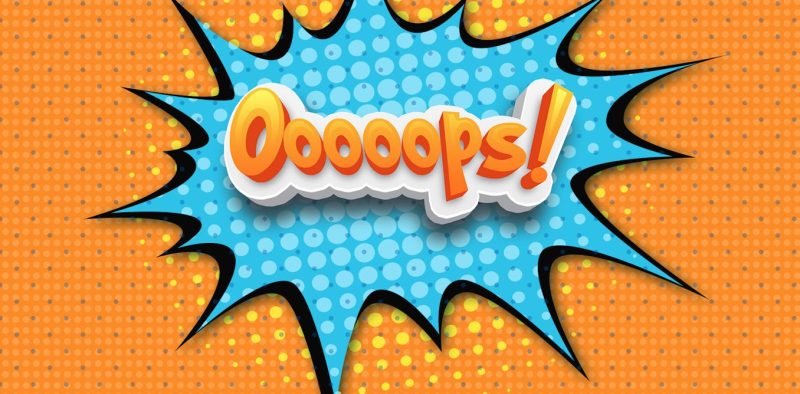
Presidential blunders – they’re a recurring theme throughout American history, often providing both cringe-worthy moments and insightful glimpses into the personalities and pressures of the highest office. From seemingly minor verbal stumbles to comments with significant political consequences, these gaffes have become etched into the nation’s collective memory. Let’s explore some of the most memorable presidential missteps of recent decades.
One of the most recent examples comes from Donald Trump’s second term. During a press conference, when questioned about the impact of his trade policies, he suggested that children might receive fewer Christmas toys as a consequence. This remark, quickly dubbed his ‘Marie Antoinette moment,’ highlighted a perceived disconnect between his economic policies and the everyday concerns of ordinary Americans. Later, during a town hall, his claim to have made no mistakes was met with audience laughter, further underscoring the perception of his presidency.
However, such moments aren’t unique to Trump. Richard Nixon’s infamous “I’m not a crook” declaration, made during the height of the Watergate scandal, ultimately proved ineffective in quelling the controversy and contributed to his resignation. Gerald Ford’s assertion that the Soviet Union did not control Eastern Europe during a presidential debate demonstrated a significant lack of awareness and likely hurt his chances for re-election. Jimmy Carter’s inclusion of his 13-year-old daughter’s opinion on nuclear arms in a debate with Ronald Reagan, while intending to show his awareness of youth concerns, left many viewers bewildered.
Ronald Reagan, known as ‘The Great Communicator,’ also had his share of missteps. A leaked soundcheck before a speech revealed a joke about bombing Russia, causing a Soviet red alert and a tense moment in US-Soviet relations. George H.W. Bush’s tendency towards verbal gaffes, such as famously stating, “I have opinions of my own, strong opinions, but I don’t always agree with them,” added to his image as less of a strong communicator than his predecessor. Bill Clinton’s response to questions about his affair with Monica Lewinsky, famously invoking the ambiguity of the word “is,” remains a defining moment of his presidency and a lesson in the importance of clear communication.
Even George W. Bush wasn’t immune. His mangled version of the saying, “Fool me once, shame on you; fool me twice, shame on me,” became a widely-mocked moment. And Barack Obama’s unfortunate joke about the Special Olympics, quickly followed by an apology, demonstrates the potential pitfalls of humor in the political arena. Joe Biden’s 2024 debate performance, marked by rambling and incoherent responses, ultimately led him to withdraw from the presidential race, highlighting the critical role clear and concise communication plays in presidential success.
These examples, spanning several decades and different personalities, illustrate that presidential gaffes are a consistent, if often unpredictable, element of American political history. They reveal the human side of the presidency and underscore the high stakes and intense pressures faced by those in the highest office. The lessons learned from these moments are as varied as the moments themselves, reminding us of the need for careful consideration, clear communication, and a strong understanding of the issues at hand.










